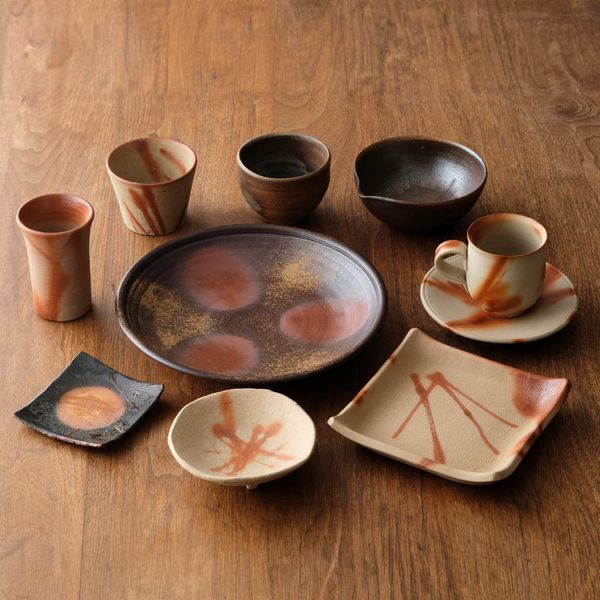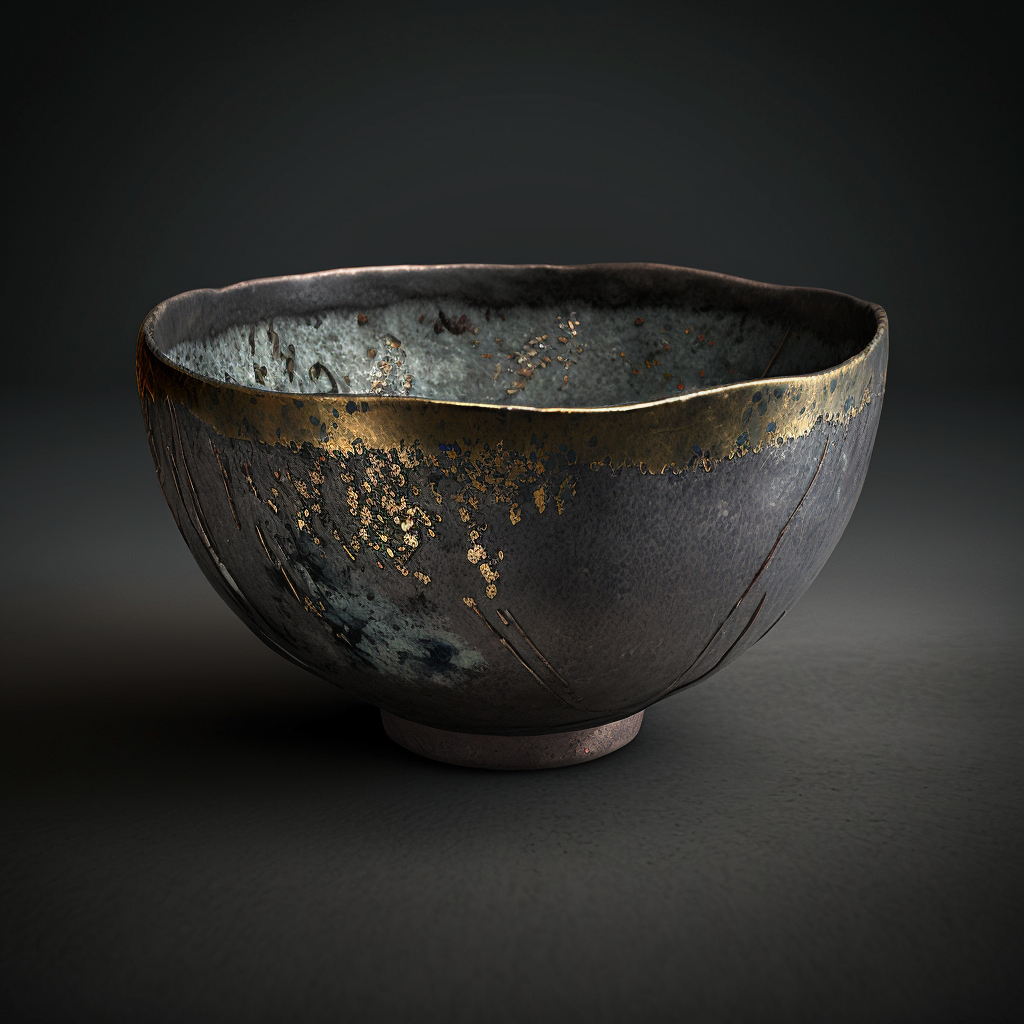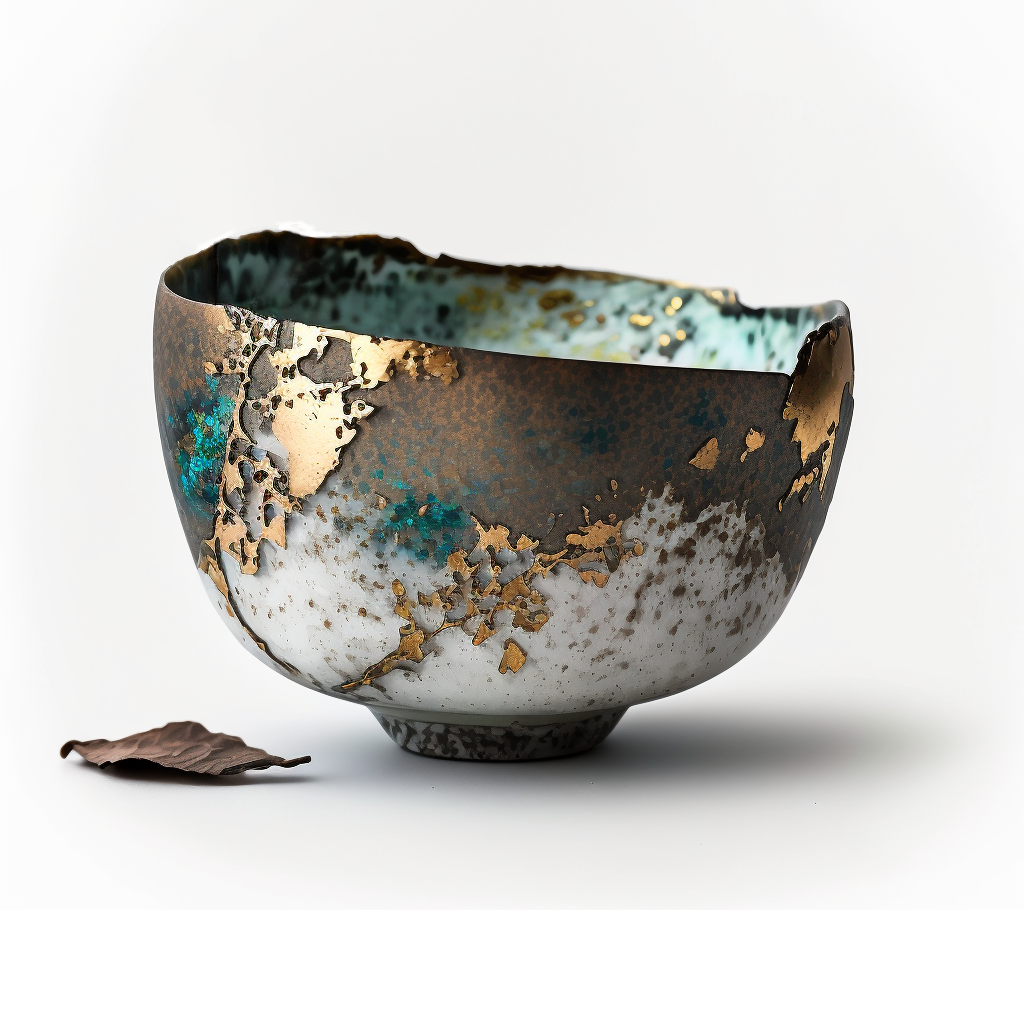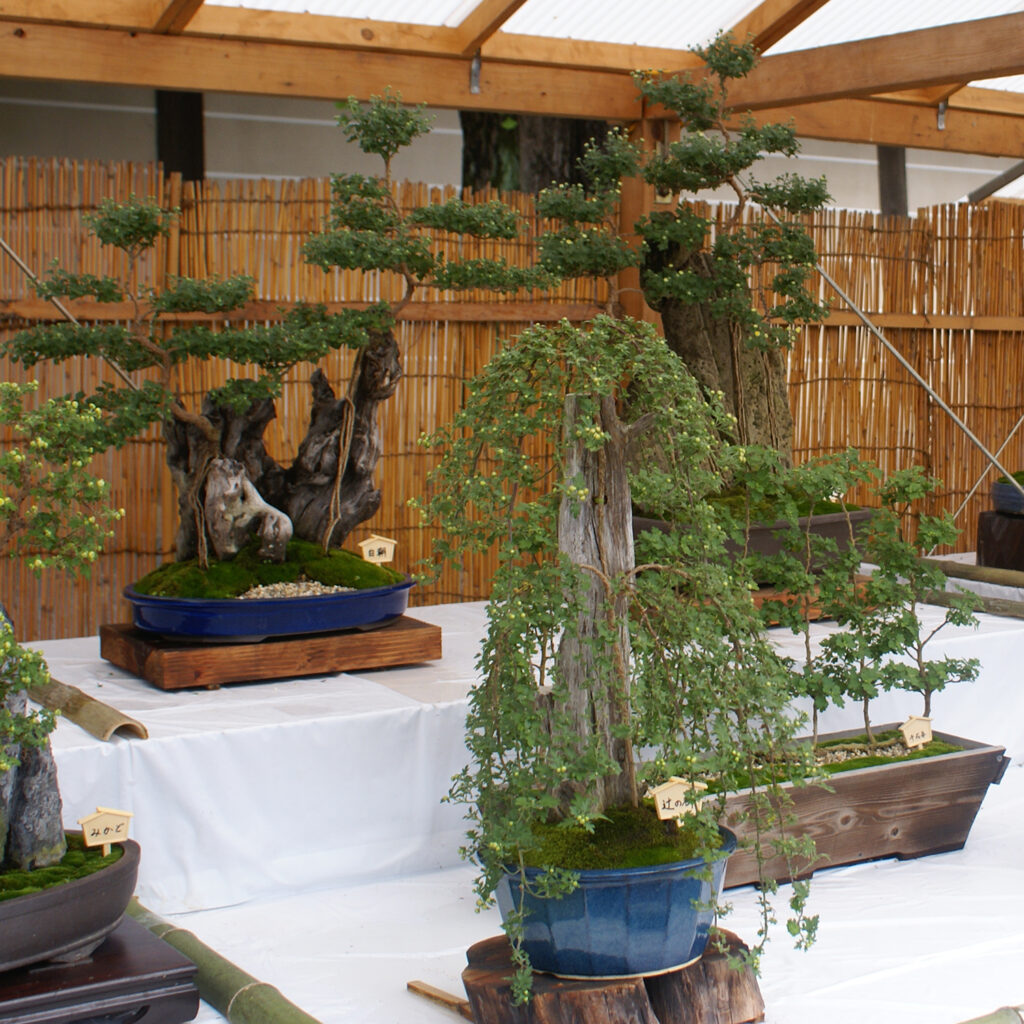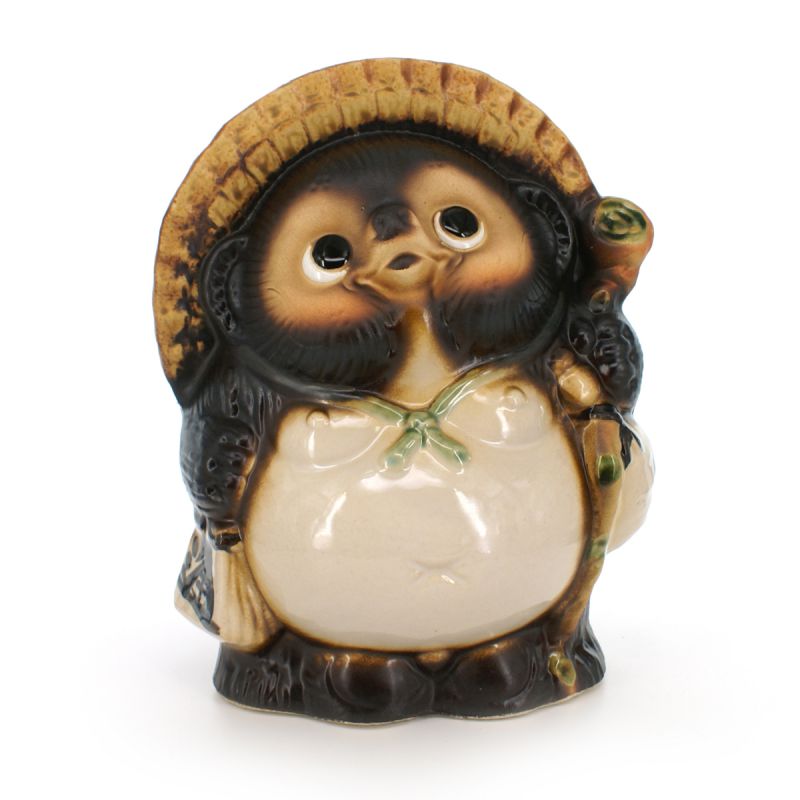Bizen ceramics (備前焼, Bizen-yaki) is one of Japan’s cultural treasures, an age-old art form that embodies simplicity, rusticity and natural beauty. Originating from the Bizen region, located in Okayama Prefecture, this ceramic tradition is rooted in the country’s history and continues to thrive today, preserving its unique and authentic character.
History of Bizen Ceramics
Bizen ceramics have profoundly ancient origins, dating back over a thousand years. Its beginnings date back to the Heian period (794-1185), when potters began exploiting the rich clays of the Bizen region to create cooking utensils and tea vessels. Bizen became one of the six centers of ceramic production in Japan (Rokkoyo) during the Kamakura period. Over the centuries, Bizen ceramics became prized by samurai, Buddhist monks and art enthusiasts across Japan.
The Characteristics of Bizen Ceramics
What distinguishes Bizen ceramics is its sober and natural aesthetic. Bizen pieces are known for their simplicity, organic form and unique glaze. The clay used is rich in iron, which gives the pottery a natural terracotta color, ranging from beige to deep brown, and a rough texture.
The glaze used in Bizen ceramics is often created through wood-fired firing. Ashes and flames from the kiln interact with the clay pieces, creating unique patterns and subtle color nuances. Each piece of Bizen is therefore a work of art in itself, unpredictable and shaped by the elements.
Manufacturing Techniques
Bizen ceramics are mainly made by hand using techniques passed down from generation to generation. Bizen potters are known for their mastery of the potter’s wheel technique, which allows them to create elegant and balanced shapes. The pieces are then air-dried, which contributes to the characteristic texture of Bizen ceramics.
Firing plays a crucial role in creating these works of art. Bizen pottery is fired at high temperatures in traditional wood-fired kilns, where the interaction between the flames and the clay pieces gives rise to unique effects of color and texture.
Modern Uses and Appreciations
Although Bizen ceramics have deep roots in the past, they continue to be appreciated in modern daily life. From tea bowls and vases to decorative and artistic pieces, Bizen’s designs are sought after for their rustic and timeless aesthetic.
In addition, the tradition of Bizen is alive thanks to contemporary potters who continue to perpetuate this art. Many of them adapt ancient techniques to create new and innovative works that integrate tradition with modernity.
Bizen ceramics are a Japanese cultural treasure that embodies the essence of simplicity and natural beauty. This age-old tradition has stood the test of time while continuing to evolve. Discovering Bizen ceramics means delving into the history of Japan, exploring an authentic aesthetic and admiring the meticulous work of the potters who perpetuate this unique artisanal tradition.

